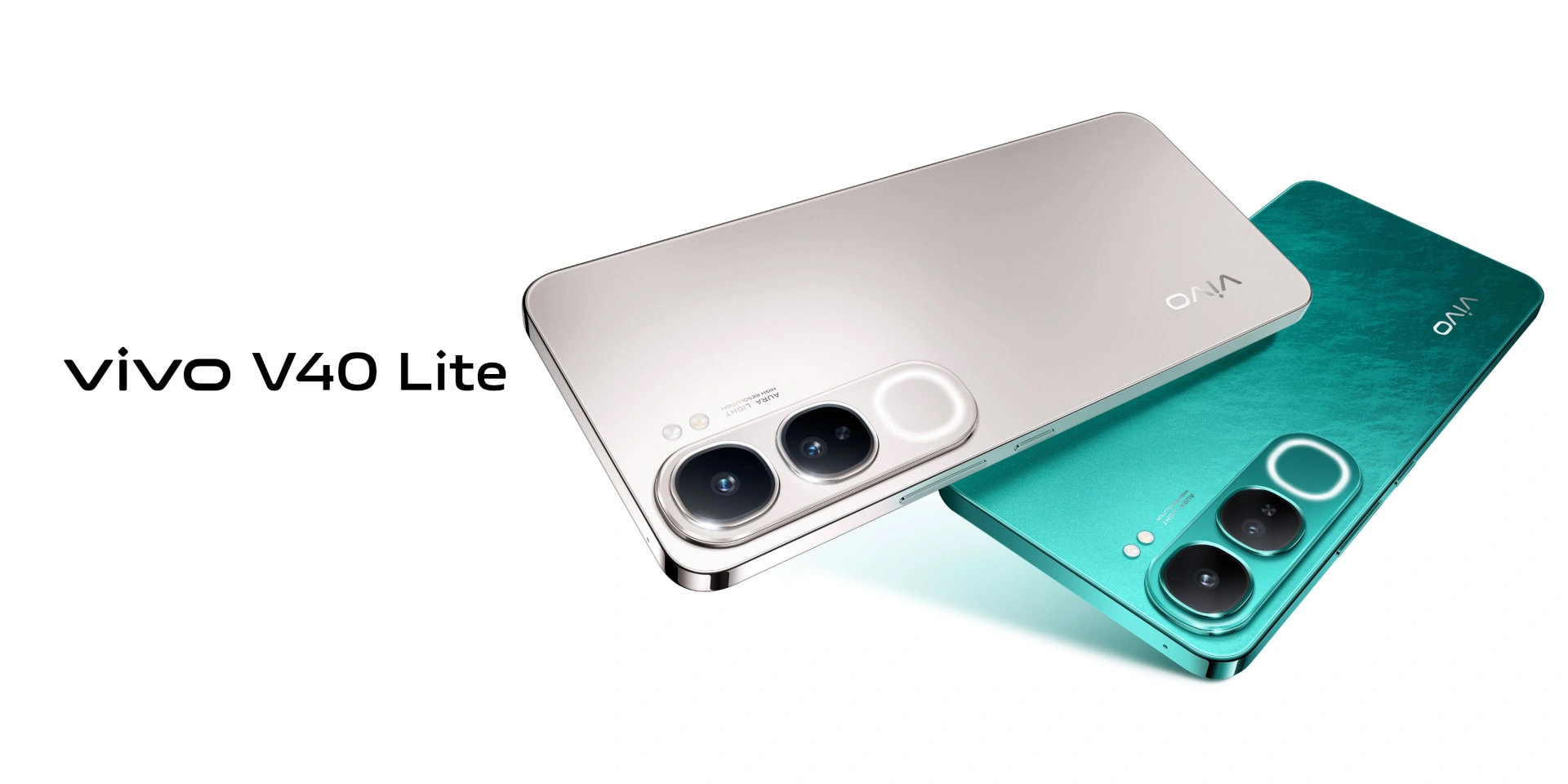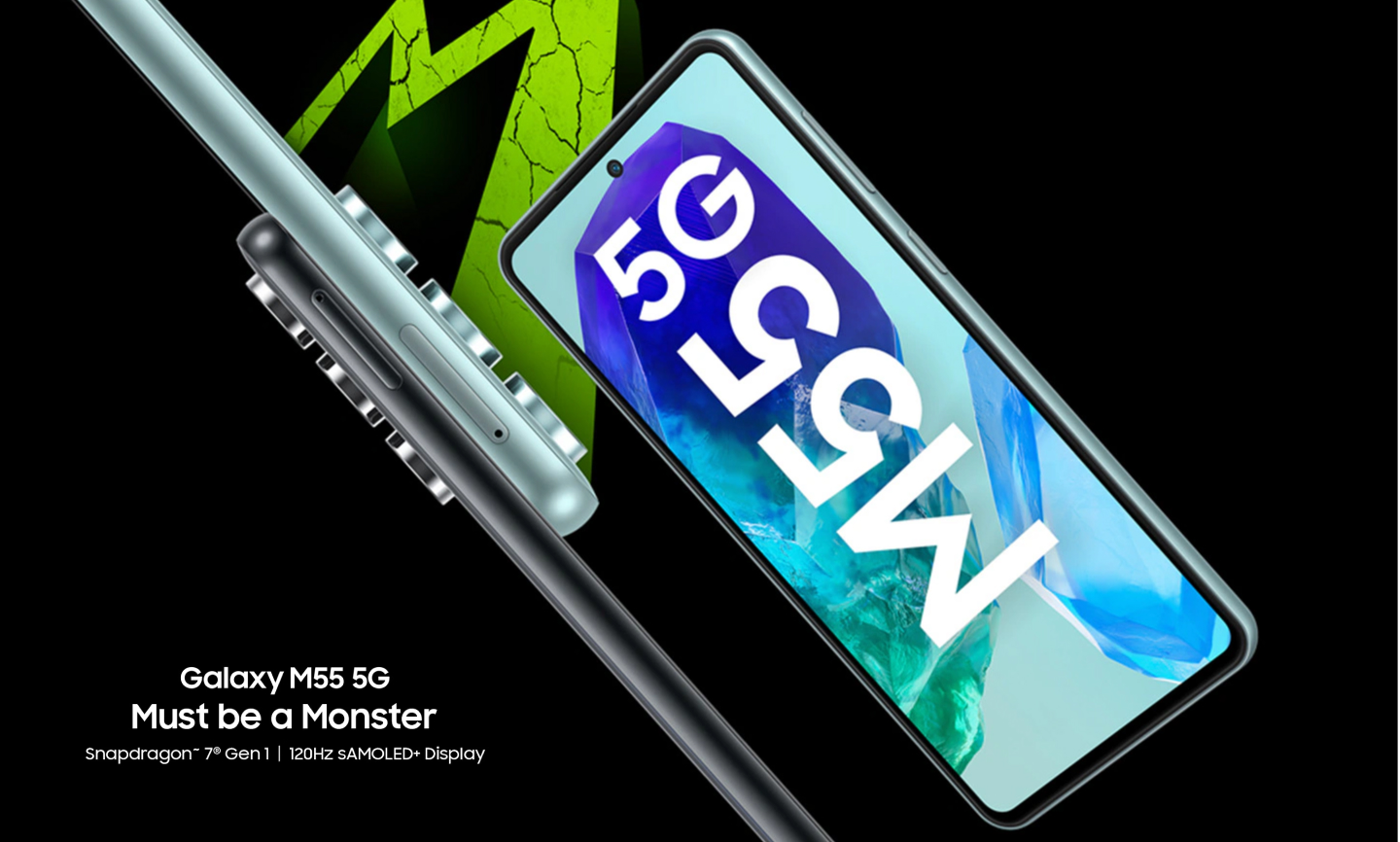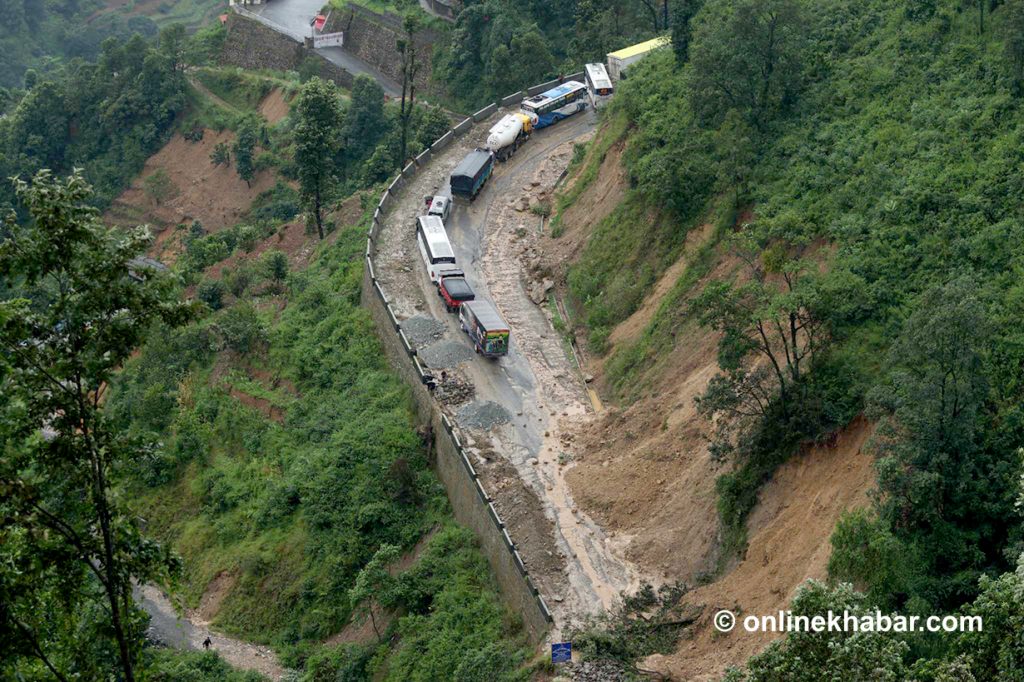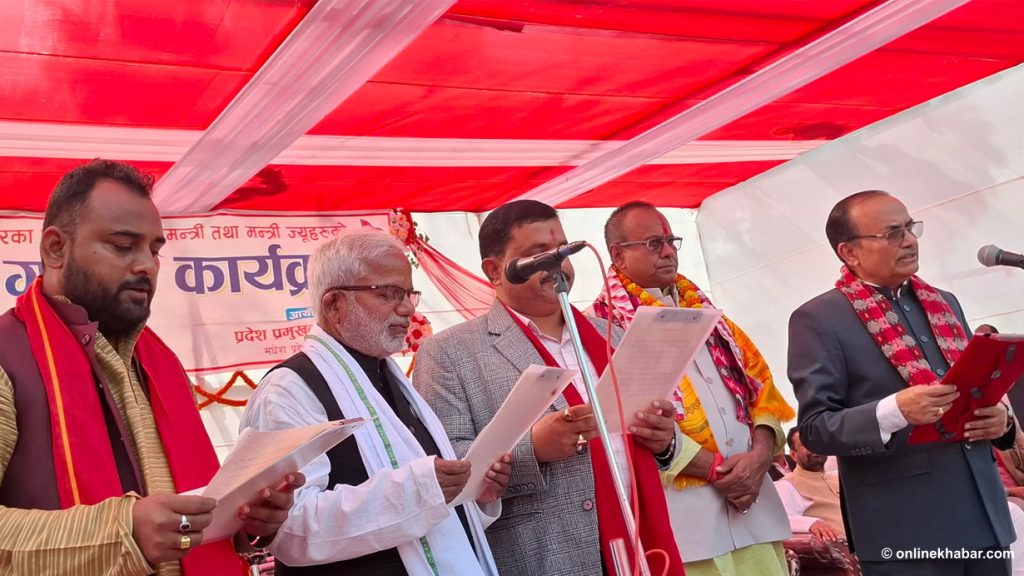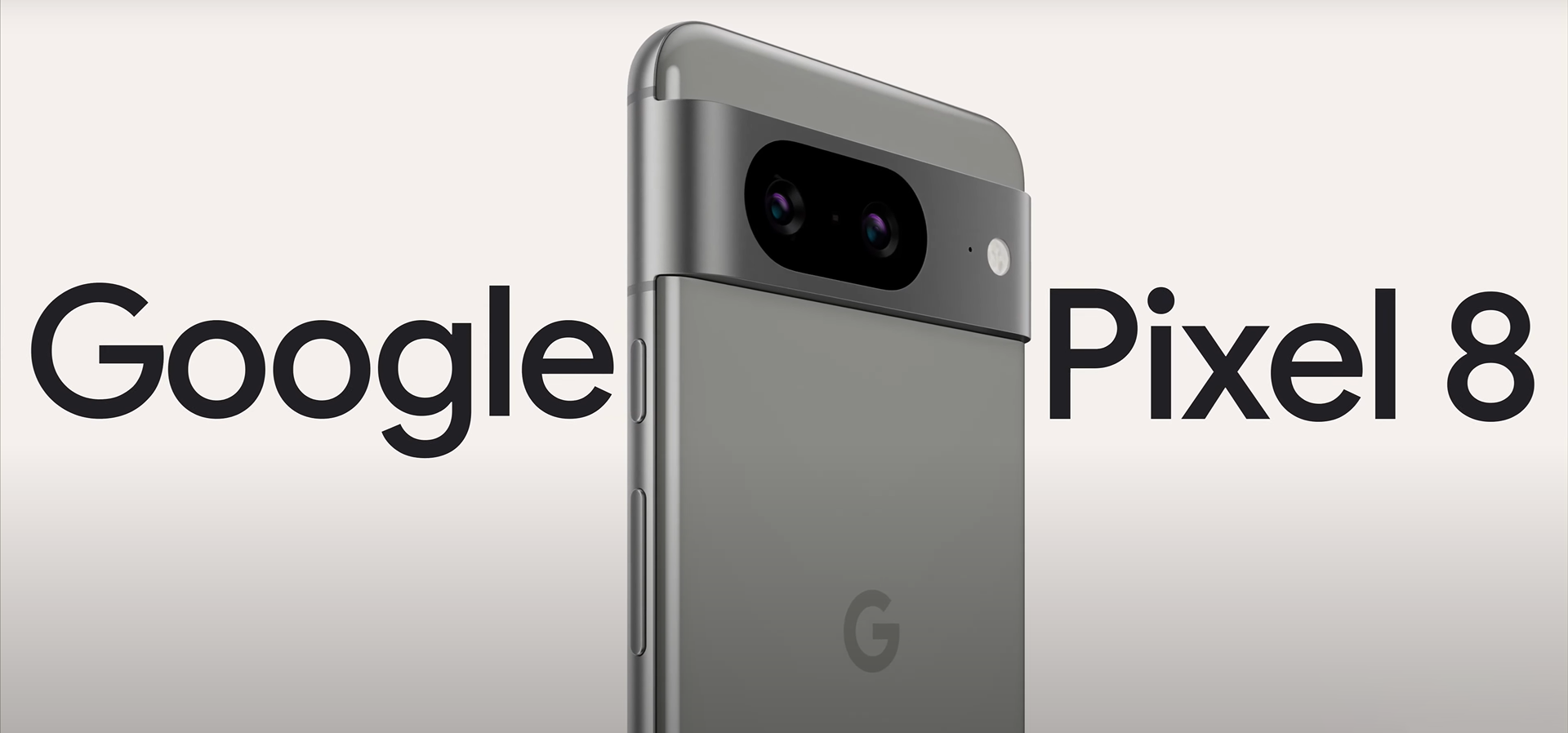
Google’s flagship smartphones, the Google Pixel 8 Pro and the Google Pixel 8, were officially unveiled during the Made by Google Event on October 4. In addition to the smartphones, Google also introduced the Google Pixel Watch 2 and the Google Pixel Buds Pro.
The Google Pixel 8 Pro is the flagship smartphone in the lineup, while the Pixel 8 is the non-pro model, offering a premium mid-range option. The Pixel 8 differs from the Pro model in several ways, including the absence of a telephoto camera, a smaller screen size, and reduced battery capacity. Nevertheless, both models share the same cutting-edge chipset—the Google Tensor G3.
Let us see what the smartphone offers.
Specifications of Google Pixel 8
| Dimensions | Height: 150.5mm Width: 70.8mm Depth: 8.9mm |
| Weight | 187 grams |
| Display size | 6.2-inch |
| Display type | OLED |
| Resolution | 1,080 x 2,400 |
| Refresh rate | 120 Hz |
| IP rating | IP68 dust and water resistance |
| Glass protection | Corning Gorilla Glass Victus |
| Chipset | Google Tensor G3 (4nm) Titan M2 security coprocessor |
| CPU | Nona-core (1×3.0 GHz Cortex-X3 & 4×2.45 GHz Cortex-A715 & 4×2.15 GHz Cortex-A510) |
| GPU | Immortalis-G715s MC10 |
| OS | Android 14 |
| RAM | 8GB |
| Storage | 128 GB | 256 GB |
| Rear camera | 50 MP main camera 12 MP ultrawide camera |
| Selfie camera | 10.5 MP |
| Wi-Fi | Wi-Fi 802.11 a/b/g/n/ac/6e/7, tri-band |
| Bluetooth | Bluetooth v5.3 |
| Audio | Stereo speakers |
| Sensors | Proximity sensor Ambient light sensor Accelerometer Gyrometer Magnetometer Barometer Temperature sensor |
| Authentication | Fingerprint Unlock with under-display fingerprint sensor Face Unlock Pattern, PIN, password |
| Battery | 4,575 mAh |
| Charging | 27W wired 18W wireless Reverse wireless |
| Colours | Obsidian | Hazel | Rose |
| Price (expected) | Rs 98,000 (8/128GB) |
Design and Display
The Google Pixel 8 and the 8 Pro feature a similar rear design with a few key differences like the camera module and the number of cameras. The Pixel 8 has a new glossy finish on the back which is made up of Gorilla Glass Victus. The glossy finish is quite beautiful, the 8 Pro has a matte finish giving a more premium feel. The camera module is slightly different from the camera module on the Pixel 7. The Pixel 8’s camera module is slightly larger. The frame is made up of aluminium and has a matte finish which is also different from the 8 Pro which has a shiny finish.
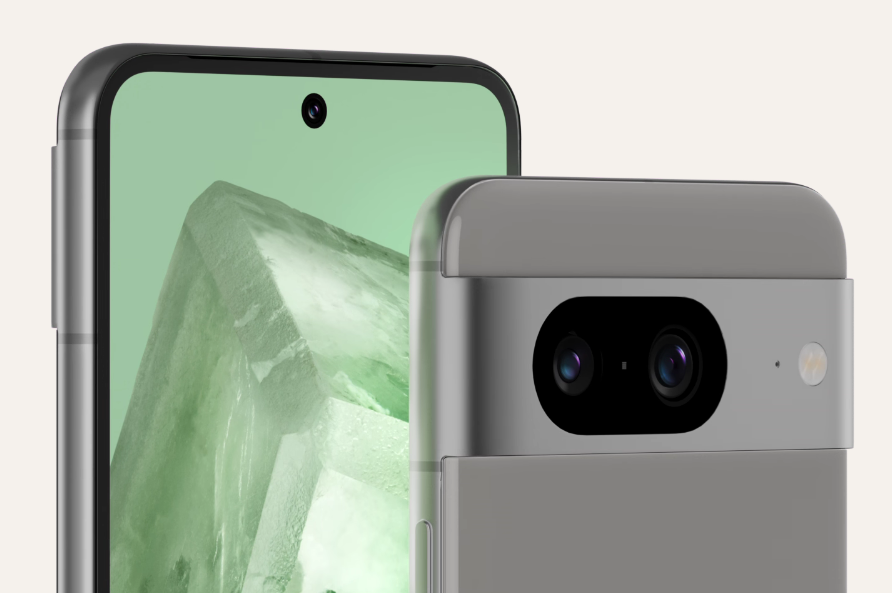
On the front, the Pixel 8 has a centred hole-punch cutout with thin bezels all around. It has an OLED display measuring 6.2 inches with a 20:9 aspect ratio. It has a resolution of 1,080 x 2,400 which delivers 428PPI. It has a variable refresh rate ranging from 60 to 120 Hz. As for brightness, it goes up to 1,400 nits for HDR and a maximum of 2,000 nits for peak brightness, with a contrast ratio of 1,000,000:1.

As for protection, it has Corning Gorilla Glass Victus on the front and the back and IP68 dust and water resistance.

Performance and Storage
The Google Pixel 8 is equipped with the new Google Tensor G3 chipset built on a 4nm process. It is backed by a dedicated Titan M2 security coprocessor to protect the smartphone. The CPU is a nona-core setup, including a Cortex-X3 core running at 3.0 GHz, four Cortex-A715 cores at 2.45 GHz, and four Cortex-A510 cores at 2.15 GHz. In the graphics end it has Immortalis-G715s MC10 GPU to handle the graphics performance. It runs on the latest Android 14 operating system.

It has one RAM option of 8 GB which is paired with two storage options of 128 GB and 256 GB.
Camera
The Google Pixel 8 has a dual rear camera setup which features a 50 MP Octa PD. it has a 1.2 μm pixel width with a wide ƒ/1.68 aperture and an 82° field of view. The 1/1.31″ image sensor size enhances the image quality along with the Super Res Zoom up to 8x. The other is a 12 MP ultrawide camera with autofocus, 1.25 μm pixel width, ƒ/2.2 aperture and 125.8° field of view. The rear camera also includes a Single-zone LDAF (laser detect autofocus) sensor and a Spectral and flicker sensor for precise focusing. The rear camera can shoot 4K videos at 24 FPS, 30 FPS, 60 FPS and 1,080p videos at 24 FPS, 30 FPS, 60 FPS.

For the front camera, it shares the same 10.5 MP Dual PD selfie camera as the Pixel 8 Pro. With a 1.22 μm pixel width, ƒ/2.2 aperture, and 95° ultrawide field of view, the selfies are detailed and sharp. As for video recording, the front camera can also record 4K videos at 24 FPS, 30 FPS, 60 FPS and 1,080p videos at 30 FPS and 60 FPS.
Camera features
Even though the Pixel 8 has one less camera sensor like the Pixel 8 Pro, it still has the software magic in it. It also shares many features from the Pro Model making it quite a capable camera phone. On the photography end, it has features such as ultra HDR, magic editor, best take, macro focus, magic eraser, photo unblur, motion mode, real tone, face unblur, panorama, manual white balancing, locked folder, night sight, astrophotography, top shot, portrait mode, portrait light, super res zoom, motion autofocus, frequent faces, dual exposure controls and Live HDR+.

For videography, it has features such as an audio magic eraser, macro focus video, 10-bit HDR video, cinematic blur, cinematic pan, slo-mo video support up to 240 FPS, 4K timelapse with stabilisation, astrophotography timelapse, night sight on timelapse, optical image stabilisation, fused video stabilisation, 4K cinematic pan video stabilisation, 4K locked video stabilisation, 1,080p active video stabilisation, digital zoom up to 7x and video formats: HEVC (H.265), AVC (H.264).
Battery, Security and Others
The Google Pixel 8 is equipped with a rather small 4,575 mAh battery making it a major downside. But the new processor and the performance specs might handle it well. As for charging, it supports both 27W wired charging and 18W wireless charging and also features reverse wireless charging. In terms of connectivity, it supports Wi-Fi 802.11 a/b/g/n/ac/6e/7 with tri-band capabilities for internet connection. and Bluetooth v5.3 for wireless communication with other devices.

For audio, the Pixel 8 incorporates stereo speakers. For sensors, it is equipped with a proximity sensor, ambient light sensor, accelerometer, gyrometer, magnetometer and barometer.

When it comes to security, the Pixel 8 offers a lot. It features fingerprint unlock with an under-display fingerprint sensor, as well as face unlock, pattern, PIN, and password options. It gives a massive 7 years of OS, security, and Feature Drop updates. The security measures include VPN by Google One at no extra cost11, end-to-end security designed by Google, multi-layer hardware security: Tensor security core, Titan M2 security chip, and Trusty, anti-malware and anti-phishing protection, including support for passkeys, automatic security checks and privacy controls with security and privacy hub, camera and mic toggles, private compute core, Android system intelligence, Android Messages end-to-end encryption and Android backup encryption.

It is available in three different colour options, Obsidian, Rose and Hazel.
As for the price, we expect the Google Pixel 8 to cost Rs 98,000 for the base 8/128GB option in Nepal.





